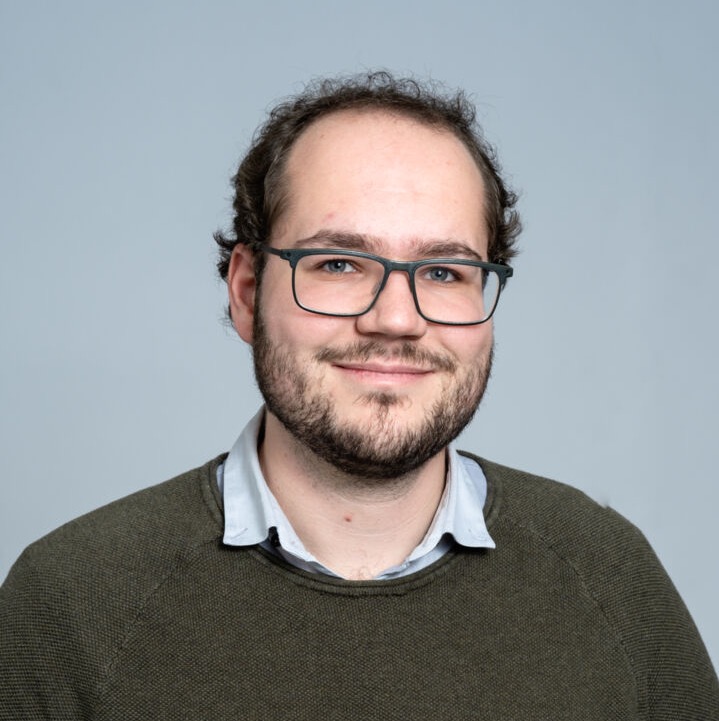About me
Hello there!
My name is Camiel Mannens, I’m originally from the Netherlands, where I grew up in a province that’s 99% made up of land reclaimed from the sea. I have been fascinated by (epi-) genetics ever since I learned about what that term mean. Add to that a love for the human brain, data and maps and it seems inevitable I would at some point want to work in the single cell field.
At the moment I am working as a PostDoc in the lab of Stein Aerts at the KU Leuven and VIB in Belgium, where I am working on vertebrate brain evolution and understanding how cell types are encoded in the genome. Previously, I was a PhD student in the lab of Sten Linnarsson at the Karolinska Institute in Stockholm, Sweden. My Bachelor’s education (BSc Psychobiology and BSc Biomedical Sciences) and Master’s education (MSc Biomedical Sciences - Molecular Neuroscience) were conducted at the University of Amsterdam.
Research focus
My primary focus is to apply high-throughput sequencing methodologies to complex biological systems and to develop the computational tools and pipelines required to analyze such data. In particular I am interested in gene regulation and how the genome is able to reproducibly organize new cells into distinct molecular and phenotypic cellt types.
In addition to this I am also interested in the spatial organization of human development. We have previously designed a novel probe based spatial transcriptomic technique called EEL smFISH to query expression in large tissue sections and I also work with live-imaging for which I built a perfusion system to our specific needs.
Research experience
During my bachelor’s intership I worked with Dr. H.J. van Heesbeen in the Prof. Dr. Smidt lab to understand how the DOT1L co-factor AF1 could impact cortical development in mice. This then prompted me to join their Masters program. I later joined the group of Prof. Dr. Posthuma where I worked with Dr. Erdogan Taskesen to bring together publicly available GWAS data, protein-protein interaction data and some early scRNA-seq data from the human cortex to predict druggable targets in Alzheimer’s disease. This got me very excited about the possibilities of single-cell sequencing and the wonderful world of bio-informatics. I then moved to Stockholm to join the Linnarsson lab for my Master’s thesis to work with Dr. Lars Borm and Dr. Simone Codeluppi, where we developed the prototype of what would later become the EEL smFISH methodology. After my thesis I stayed in the Linnarsson lab to do my PhD.
